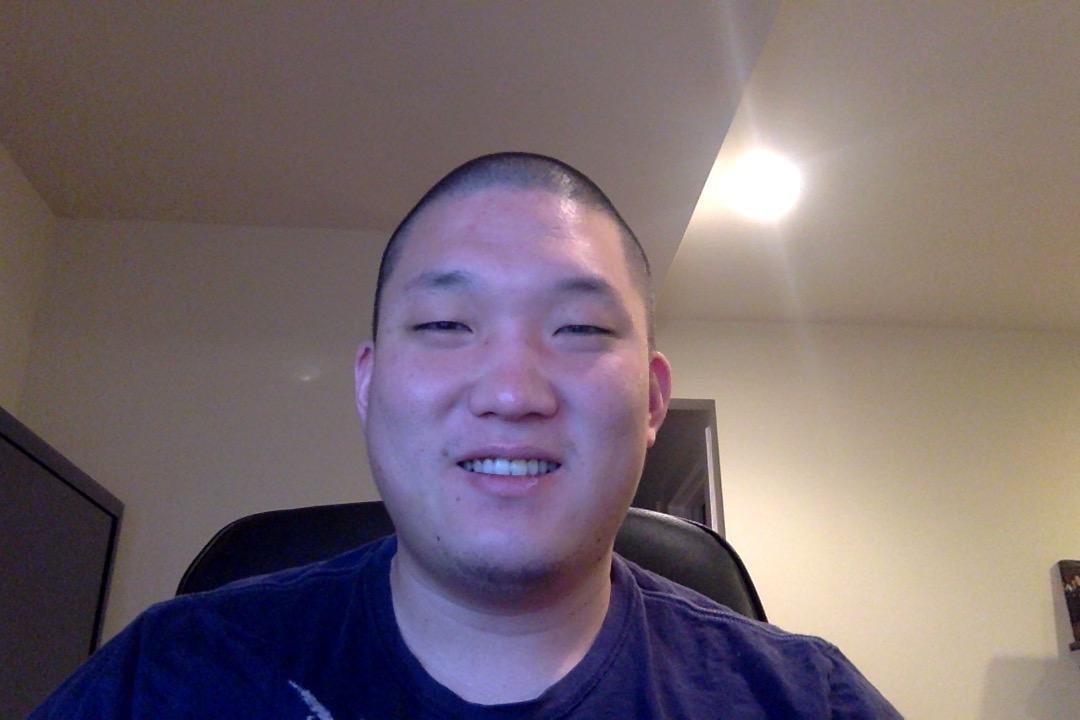I’ve recently taken a job as a junior instructor for the web development immersive at General Assembly. So I get to rehash some of the concepts I had just learned while taking the class. For this post, you should have RVM and ruby installed. Follow this link here for Ruby and here for RVM. My co-worker Randy came up with the title, I’m not that creative.
Let’s talk about Object Oriented Programming. What Makes it so useful?
- Allows you to keep your code DRY
- Modularizes your code
- Separates your concerns
In ruby, everything is an object. Whether its a simple string, integer or any other data type. What if real world things we want to emulate in code can’t exist within the constraints of these data types. Well, why don’t we just create our own types of objects? Enter defining your own ruby class.
Lets make our own ruby class! Let’s start by creating a file in the terminal:
$ touch person.rbLets place the following in the file person.rb:
class Person
def initialize
@name = "bob"
end
end
# when we create a new instance of a class, the initialize method defined in the class is called
bob = Person.new
puts bobNow, let’s run the program in the terminal:
$ ruby person.rbYou should see something like this outputted:
#<Person:0x007fdd3b157cd0>Great! We’ve created a class, and created an instance of that class. There’s an instance variable @name so that all Person objects will have an attribute of name, bob. But it can’t really do anything.. Lets add some stuff to that same file:
class Person
def initialize
@name = "bob"
end
def name
@name
end
def say_hello
puts "#{@name} says hello!"
end
end
bob = Person.new
sam = Person.new
puts bob.name
puts sam.name
bob.say_hello
sam.say_helloThe output should be:
bob
bob
bob says hello!
bob says hello!Well, we have access to the instance variable now. And now instances of the Person classes can now say_hello. Hmmm… well it’s not very useful that every instance of the Person object is named bob. Lets make it so that when we create a new instance of the Person class we can pass in a name:
class Person
def initialize(name)
@name = name
end
def name
@name
end
def say_hello
puts "#{@name} says hello!"
end
end
bob = Person.new("bob")
sam = Person.new("sam")
bob.say_hello
sam.say_helloThe output should be:
bob says hello!
sam says hello!Awesome! now we can create a Person with a name. Lets flesh this program out a bit:
class Person
# getter methods functionally equivalent to the name method
attr_reader :age, :sex, :location
# initialize method for when an object of class Person gets instantiated
def initialize(name, age, sex, location)
@name = name
@age = age
@sex = sex
@location = location
end
# getter method
def name
@name
end
# the say_hello method is just a method to show using our instance variables
def say_hello
puts "Hi! My name is #{@name}. Im a #{@age} year old #{@sex} from #{@location}"
end
end
bob = Person.new("bob", 52, "male", "DC")
erica = Person.new("erica", 25, "female", "NY")
bob.say_hello
erica.say_helloOutput should be:
Hi! My name is bob. Im a 52 year old male from DC
Hi! My name is erica. Im a 25 year old female from NYThis is a very rudimentary class structure, but shows you some of the basic principles of Object Oriented Ruby. If you’d like more in depth knowledge read this tutorial on Ruby OOP
